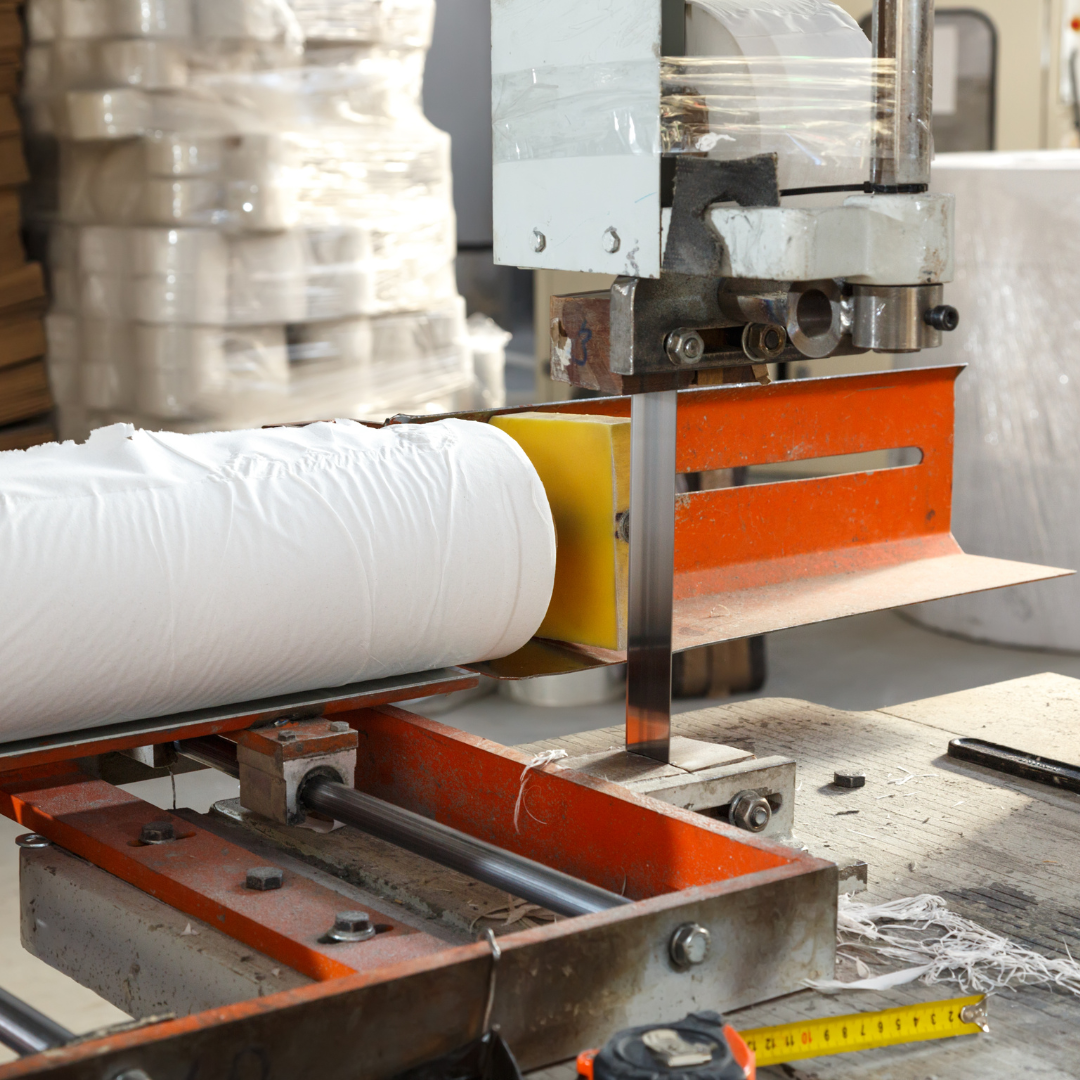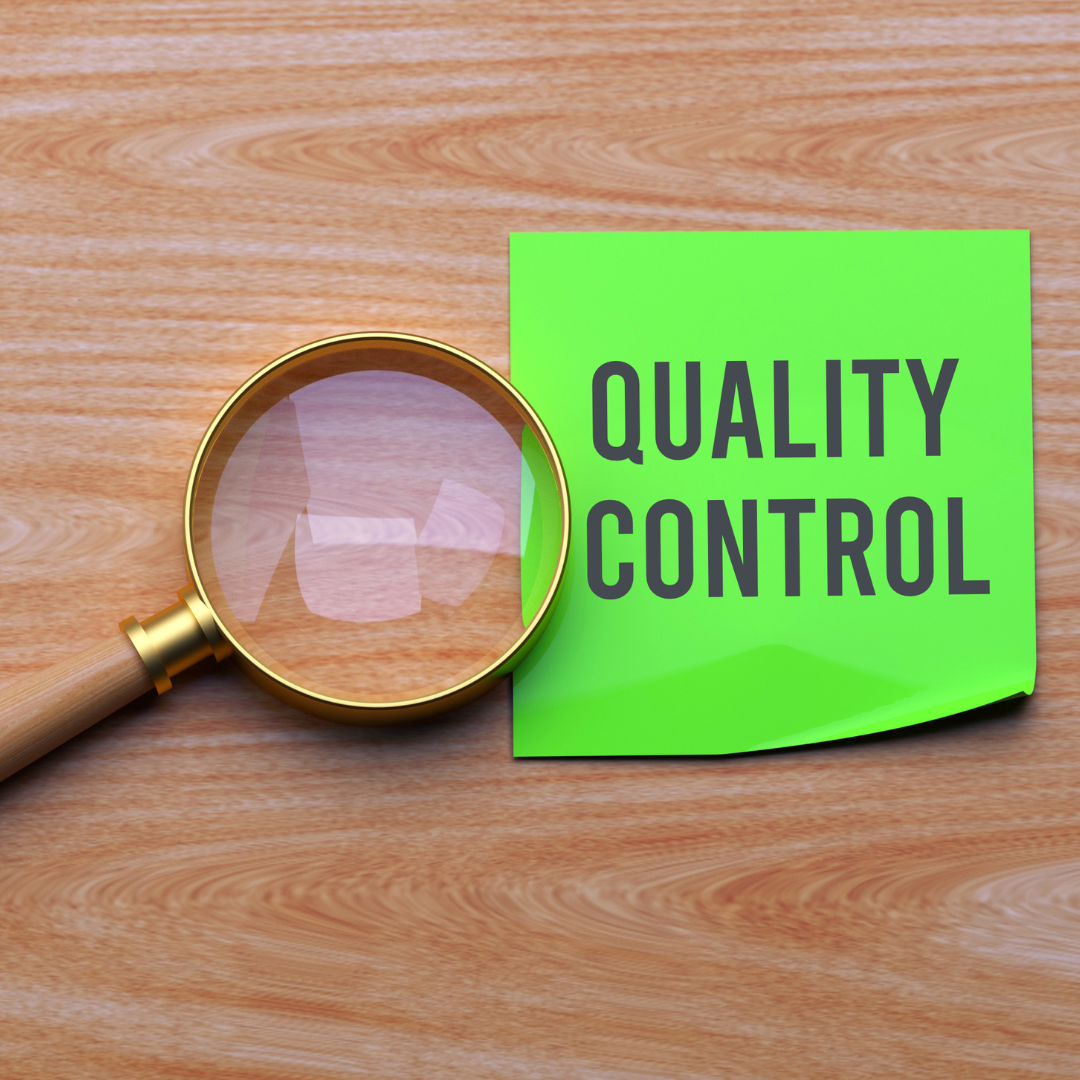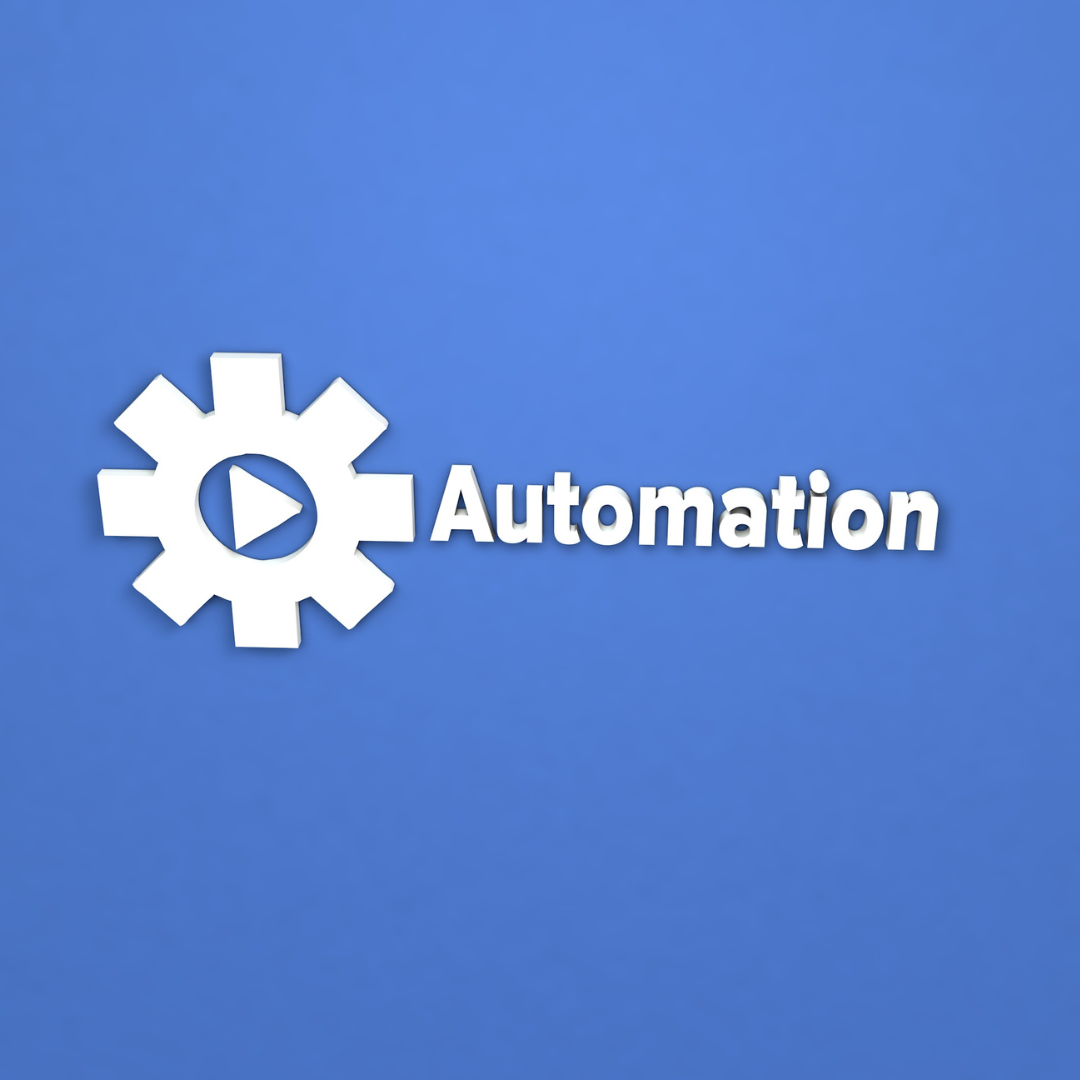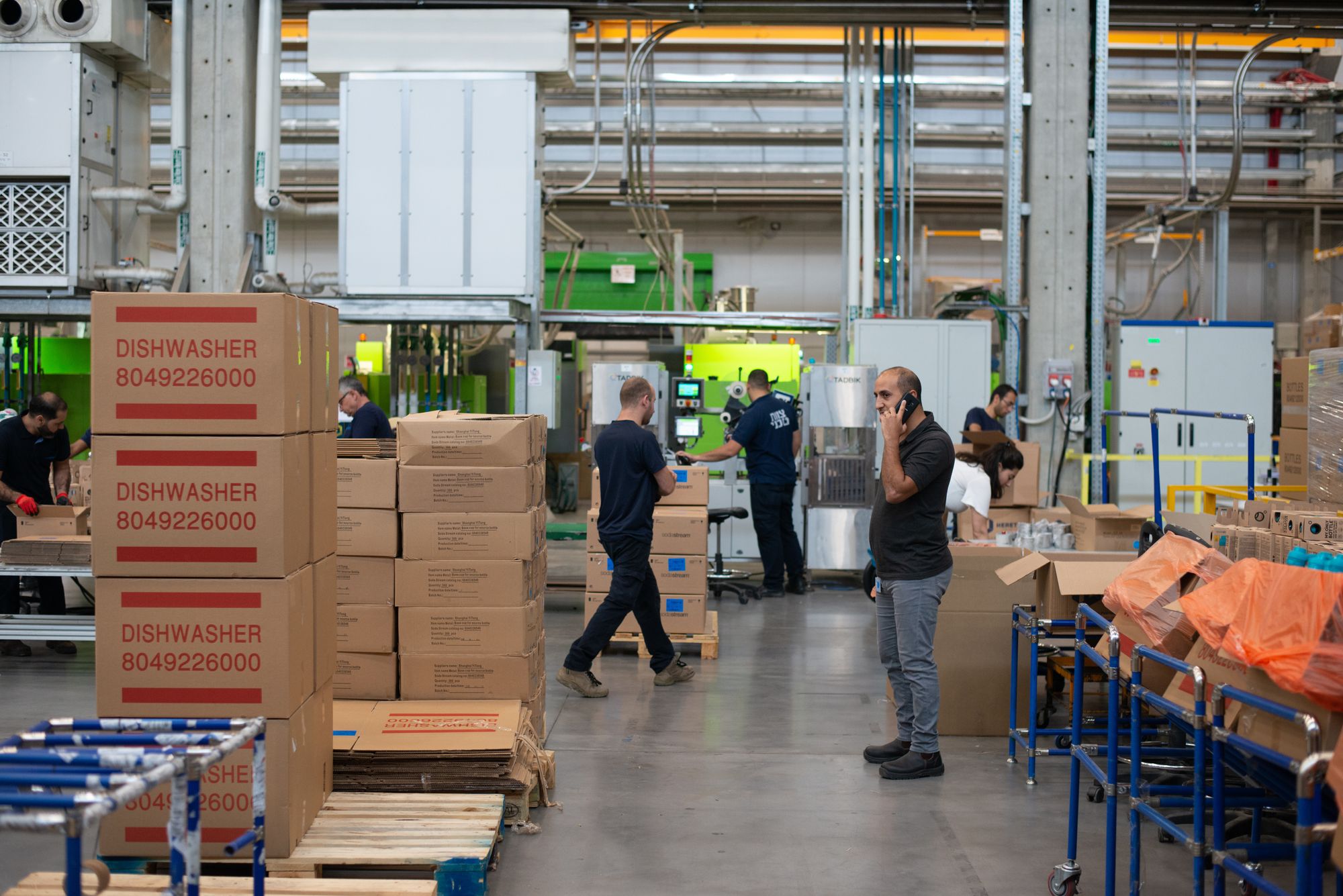The global paper and pulp industry automation market is expected to grow from $2.91 billion in 2016 to $4.48 billion by 2021, at a CAGR of 9.0%. A survey conducted by Honeywell revealed that 57% of pulp and paper industry professionals consider automation to be an important factor in reducing production costs. According to a study by the European Commission's Joint Research Centre, automation can reduce energy consumption in the paper industry by up to 20%.
These statistics highlight the significant benefits of investing in automation for paper manufacturers, including increased productivity, reduced downtime, cost savings, energy efficiency, and competitiveness.
Investing in automation for paper manufacturers is important. By reducing the time and labor required to produce paper products, automation can improve efficiency and productivity, leading to cost savings and faster time to market. Automated systems can also improve product quality by reducing the risk of defects and deviations, leading to increased customer satisfaction and loyalty.
Moreover, automation can provide a competitive advantage to paper manufacturers by improving efficiency, reducing costs, and improving product quality, helping them stay ahead of competitors in a highly competitive industry. Additionally, automation can help paper manufacturers reduce their environmental footprint by reducing waste and energy consumption, improving their reputation with customers and stakeholders. Lastly, automated systems can also help improve safety in the workplace by reducing the need for manual labor, minimizing the risk of accidents and injuries.
Let us look at some of the benefits of investing in automation for paper manufacturers below:
- Increased Efficiency
- Improved Quality
- Cost Savings
- Enhanced Safety
- Increased Flexibility
- Improved Supply Chain Management
- Enhanced Data Analysis
- Increased Innovation
- Environmental Benefits
- Competitive Advantage
- Improved Accuracy
- Reduced Downtime
- Improved Employee Morale
- Reduced Labor Costs
- Increased Production Capacity
- Improved Customer Satisfaction
- Better Product Consistency
- Reduced Equipment Maintenance Costs
- Reduced Risk of Human Error
- Faster Time to Market for New Products
Increased Efficiency
Investing in automation can significantly increase efficiency in paper manufacturing. Automated systems can perform repetitive tasks more quickly and accurately than manual labor, leading to faster production and higher output. Additionally, automated systems can operate continuously without the need for breaks, resulting in more efficient use of time and resources. Automation can help manufacturers optimize their operations and increase efficiency by streamlining production processes and reducing waste. This can lead to cost savings, improved product quality, and a competitive advantage in the marketplace.
Improved Quality
Automation can help improve the quality of paper products by reducing human error and increasing precision. Automated systems can perform tasks with greater accuracy and consistency than manual labor, leading to fewer defects and inconsistencies in the final product. Additionally, automated systems can monitor and control variables such as temperature, humidity, and pressure more precisely than manual labor, leading to better product quality. By improving quality, automation can help paper manufacturers meet customer expectations, reduce waste, and increase profitability.
Cost Savings
Investing in automation can lead to significant cost savings for paper manufacturers. Automated systems can operate continuously without the need for breaks, leading to more efficient use of time and resources. By reducing the need for manual labor, automation can also reduce labor costs and increase productivity. Additionally, automated systems can help manufacturers identify and resolve issues quickly, minimizing downtime and reducing maintenance costs. Automation can also help reduce waste by optimizing production processes, which can lead to cost savings on raw materials and other inputs. By improving efficiency and reducing costs, automation can help paper manufacturers improve their bottom line and stay competitive in the marketplace.
Enhanced Safety
Investing in automation can improve safety in paper manufacturing by reducing the risk of workplace accidents and injuries. Automated systems can perform tasks that may be dangerous or hazardous for manual labor, such as heavy lifting or working with chemicals. By automating these tasks, manufacturers can help eliminate or reduce workplace hazards associated with manual labor, such as repetitive motion injuries, back injuries, and exposure to harmful chemicals. Additionally, automated systems can be designed with safety features such as sensors and emergency stops, which can help prevent accidents and injuries. By creating a safer work environment, automation can help reduce workers' compensation claims and related costs, as well as improve employee morale and productivity.
Increased Flexibility
Investing in automation can increase flexibility in paper manufacturing by allowing manufacturers to adapt to changing market demands and produce new products more easily. Automated systems can be designed to handle a wide range of products and materials, which can enable manufacturers to quickly switch between products and produce small batches more efficiently. Additionally, automated systems can be programmed to adjust production rates based on demand, which can help manufacturers avoid overproduction and excess inventory. By increasing flexibility, automation can help manufacturers respond more quickly to changes in the market, reduce waste, and improve overall efficiency.
Improved Supply Chain Management
Investing in automation can improve supply chain management for paper manufacturers by providing real-time visibility into inventory levels, production processes, and logistics. Automated systems can track inventory levels, monitor production processes, and manage logistics more efficiently than manual labor. This can help manufacturers optimize their supply chain, improve lead times, and reduce the risk of stockouts or overstocking. Additionally, automated systems can provide data analytics to identify trends, optimize processes, and improve overall performance. By improving supply chain management, automation can help paper manufacturers reduce costs, improve customer satisfaction, and stay competitive in the marketplace.
Enhanced Data Analysis
Investing in automation can enhance data analysis for paper manufacturers by providing real-time data on production processes, inventory levels, and logistics. Automated systems can collect and analyze data more quickly and accurately than manual labor, providing manufacturers with valuable insights into their operations. By using data analytics, manufacturers can identify patterns, optimize processes, and make data-driven decisions to improve efficiency and reduce costs. For example, manufacturers can use data analytics to optimize inventory levels, reduce waste, and improve production processes. Additionally, automated systems can provide predictive analytics, which can help manufacturers forecast demand, optimize scheduling, and improve overall performance. By enhancing data analysis, automation can help paper manufacturers improve their bottom line, increase productivity, and stay competitive in the marketplace.
Increased Innovation
Investing in automation can increase innovation for paper manufacturers by enabling them to develop new products, processes, and technologies. Automated systems can handle complex tasks and processes more efficiently than manual labor, freeing up time and resources for manufacturers to focus on innovation. Additionally, automated systems can be programmed to perform new tasks and processes, which can enable manufacturers to develop and test new products and technologies more quickly. By increasing innovation, automation can help paper manufacturers stay competitive in the marketplace, differentiate themselves from competitors, and develop new revenue streams.
Environmental Benefits
Investing in automation can lead to significant environmental benefits for paper manufacturers. Automated systems can help reduce waste by optimizing production processes, which can reduce the amount of raw materials and energy required to produce paper products. Additionally, automated systems can monitor and control variables such as temperature, humidity, and pressure more precisely than manual labor, leading to reduced energy consumption and emissions. By reducing waste and energy consumption, automation can help paper manufacturers reduce their carbon footprint, conserve natural resources, and improve sustainability. Additionally, automation can help manufacturers comply with environmental regulations and meet customer demand for environmentally friendly products.
Competitive Advantage
Investing in automation can provide a competitive advantage for paper manufacturers by enabling them to improve efficiency, reduce costs, and differentiate themselves from competitors. Automated systems can help manufacturers produce high-quality products more efficiently, which can lead to cost savings and increased profitability. Additionally, automation can enable manufacturers to respond more quickly to changes in the market and produce new products more easily, which can help them stay ahead of the competition. By improving flexibility, reducing waste, and increasing productivity, automation can help paper manufacturers differentiate themselves from competitors and meet customer demand for high-quality, cost-effective products. Ultimately, a competitive advantage gained through automation can lead to increased market share and long-term success in the industry.
Improved Accuracy
Investing in automation can improve accuracy for paper manufacturers by eliminating human error and providing precise control over production processes. Automated systems can perform tasks with consistent accuracy and precision, which can help ensure the quality and consistency of paper products. Additionally, automated systems can monitor and control variables such as temperature, humidity, and pressure more precisely than manual labor, which can help manufacturers achieve more consistent product quality. By improving accuracy, automation can help paper manufacturers reduce waste, improve efficiency, and produce high-quality products that meet customer demand.
Reduced Downtime
Investing in automation can reduce downtime for paper manufacturers by providing real-time monitoring and control over production processes. Automated systems can detect and diagnose issues more quickly and accurately than manual labor, enabling manufacturers to take corrective action before a problem causes downtime or a breakdown. Additionally, automated systems can be programmed to perform routine maintenance tasks, which can help prevent equipment failure and reduce the need for unscheduled downtime. By reducing downtime, automation can help paper manufacturers increase productivity, reduce costs, and improve overall efficiency.
Improved Employee Morale
Investing in automation can improve employee morale for paper manufacturers by reducing the need for repetitive, physically demanding, or hazardous tasks. Automated systems can handle these tasks more efficiently and safely than manual labor, freeing up employees to focus on higher-value tasks that require critical thinking and problem-solving skills. Additionally, automation can provide employees with opportunities to learn new skills, operate and maintain complex equipment, and participate in the development and implementation of new technologies. By improving job satisfaction and reducing the risk of injury, automation can help paper manufacturers attract and retain skilled workers, promote a positive work environment, and improve overall productivity.
Reduced Labor Costs
Investing in automation can reduce labor costs for paper manufacturers by replacing manual labor with automated systems. Automated systems can perform tasks more quickly and efficiently than manual labor, reducing the need for a large workforce. Additionally, automation can help manufacturers reduce the risk of injuries, accidents, and workers' compensation claims, which can result in significant cost savings. By reducing labor costs, automation can help paper manufacturers improve their profitability, invest in new technologies, and stay competitive in the marketplace.
Increased Production Capacity
Investing in automation can increase production capacity for paper manufacturers by enabling them to produce more products in less time. Automated systems can handle tasks more efficiently than manual labor, reducing cycle times and increasing throughput. Additionally, automated systems can run continuously without breaks, enabling manufacturers to achieve higher production rates and increase overall output. By increasing production capacity, automation can help paper manufacturers meet customer demand, reduce lead times, and improve overall efficiency. This increased capacity can also help manufacturers scale their operations and expand into new markets.
Improved Customer Satisfaction
Investing in automation can improve customer satisfaction for paper manufacturers by enabling them to produce high-quality products consistently and efficiently. Automated systems can ensure product quality by monitoring and controlling variables such as temperature, humidity, and pressure, reducing the risk of defects or deviations in the final product. Additionally, automation can reduce lead times and improve on-time delivery, enabling manufacturers to meet customer demand more effectively. By improving product quality, reducing lead times, and providing exceptional customer service, automation can help paper manufacturers enhance customer satisfaction, build brand loyalty, and gain a competitive edge in the marketplace.
Better Product Consistency
Investing in automation can improve product consistency for paper manufacturers by eliminating human error and providing precise control over production processes. Automated systems can perform tasks with consistent accuracy and precision, reducing the risk of defects or deviations in the final product. Additionally, automated systems can monitor and control variables such as temperature, humidity, and pressure more precisely than manual labor, helping manufacturers achieve more consistent product quality. By improving product consistency, automation can help paper manufacturers reduce waste, improve efficiency, and produce high-quality products that meet customer demand.
Reduced Equipment Maintenance Costs
Investing in automation can reduce equipment maintenance costs for paper manufacturers by providing real-time monitoring and predictive maintenance capabilities. Automated systems can monitor equipment performance and detect issues before they result in downtime or equipment failure. This enables manufacturers to take corrective action proactively, reducing the need for costly unscheduled maintenance and repairs. Additionally, automated systems can be programmed to perform routine maintenance tasks, reducing the risk of equipment failure and extending the lifespan of equipment. By reducing equipment maintenance costs, automation can help paper manufacturers improve profitability, reduce downtime, and improve overall efficiency.
Reduced Risk of Human Error
Investing in automation can reduce the risk of human error for paper manufacturers by eliminating manual labor and providing precise control over production processes. Human error can lead to defects, deviations, and waste in the production process, which can negatively impact product quality and increase costs. Automated systems can perform tasks with consistent accuracy and precision, reducing the risk of errors in the production process. Additionally, automated systems can detect and diagnose issues more quickly and accurately than manual labor, enabling manufacturers to take corrective action before a problem causes downtime or a breakdown. By reducing the risk of human error, automation can help paper manufacturers improve product quality, reduce waste, and increase efficiency.
Faster Time to Market for New Products
Investing in automation can reduce the time to market for new products for paper manufacturers by providing faster and more flexible production capabilities. Automated systems can handle multiple production runs simultaneously, enabling manufacturers to produce multiple products at once. Additionally, automated systems can be reprogrammed quickly and easily to adapt to new product designs or production requirements, reducing the time needed to switch between product lines. This increased speed and flexibility can help paper manufacturers bring new products to market more quickly, meet changing customer demands, and respond to market trends more effectively. By reducing the time to market for new products, automation can help paper manufacturers gain a competitive edge, improve profitability, and grow their business.
How can Deskera Help You?
Deskera's integrated financial planning tools allow investors to better plan their investments and track their progress. It can help investors make decisions faster and more accurately.
Deskera Books can assist you in automating your accounting and mitigating business risks. Deskera makes it easier to create invoices by automating many other procedures, reducing your team's administrative workload.
Deskera also offers a suite of integrated applications to help businesses manage their financials, inventory, and operations. Furthermore, other business aspects such as HR (Deskera People), CRM (Deskera CRM), and ERP are provided by Deskera. These could be crucial and can help short sellers keep track of their businesses and make better decisions.
Related Articles













